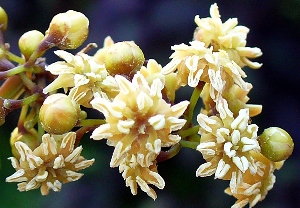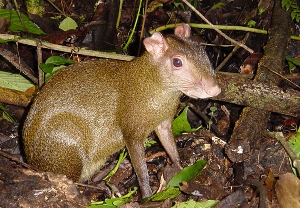NC State University – Raleigh, North Carolina
College of Natural Resources – Forestry and Environmental Resources
Department Head (Position #00000685)
NC State University in Raleigh, North Carolina is looking for a Department Head to join the Department of Forestry and Environmental Resources in the College of Natural Resources.
NC State University is a Tier 1 research university committed to academic excellence and diversity. With more than 34,000 students and 8,000 faculty, its strong research, teaching, and extension programs have led it to be consistently ranked among the nation’s top 50 public universities and ranked by Princeton Review as a best value for students. Additional information about NC State University can be found at http://www.ncsu.edu/.
The Head of the Department provides vision and direction to the Department, leading faculty across a wide diversity of disciplines to excellent teaching, research, engagement, and scholarship. The Department Head is responsible for faculty and staff development and review, developing and managing academic curricula, fiscal management, fundraising, alumni relations, research administration, and administering extension and outreach.
The Department of Forestry and Environmental Resources has more than 60 tenure and non-tenure track faculty and extension specialists, and more than 35 staff. The Department offers undergraduate and graduate degrees through the Ph.D., and currently enrolls 485 undergraduate and 145 graduate students. Active research and extension programs generate more than $6.25 million annually in extramural funds for fundamental and applied research, extension and outreach activities, and three forest industry research cooperatives.
Other Work/Responsibilities
- Communicate regularly with a wide variety of constituent groups such as alumni, businesses and industry, government agencies, and non-government organizations.
- Develop partnerships that foster the priorities of the Department, College, and University.
- Lead fundraising activities that are consistent with the priorities of the College and University.
Minimum Education/Experience
- Earned Ph.D., or equivalent, in a biological, physical or social science field relevant to the Department programs, with qualifications of achievement meriting appointment as a tenured full professor.
- Ten years or more of professional natural resources experience in science, education, management, policy, or other relevant area.
- Demonstrated strength in collaborative leadership, excellent communication, interpersonal, and organizational skills that can be successfully applied to an academic department.
- Leadership experience in collaborative, multi-disciplinary research, extension and education.
- Demonstrated understanding of, and experience with, the multiple dimensions of the competitive grant funding environment.
- Demonstrated commitment to promoting and enhancing diversity in people and programs.
Application Process
Please visit http://jobs.ncsu.edu/postings/31701 and apply for Position #00000685 with your resume, cover letter, contact
information for three professional references, and a brief statement of academic leadership.
If you have questions, please contact Dr. Steve Kelley, Chair of the Search Committee (email: sskelley@nscu.edu).
Application review will begin on February 3, 2014 until a suitable candidate has been hired.
NC State University is an equal opportunity and affirmative action employer. All qualified applicants will receive consideration for employment without regard to race, color, national origin, religion, sex, age, veteran status, or disability. In addition, NC State University welcomes all persons without regard to sexual orientation. Persons with disabilities requiring accommodations in the application and interview process please call (919) 515-5575.






